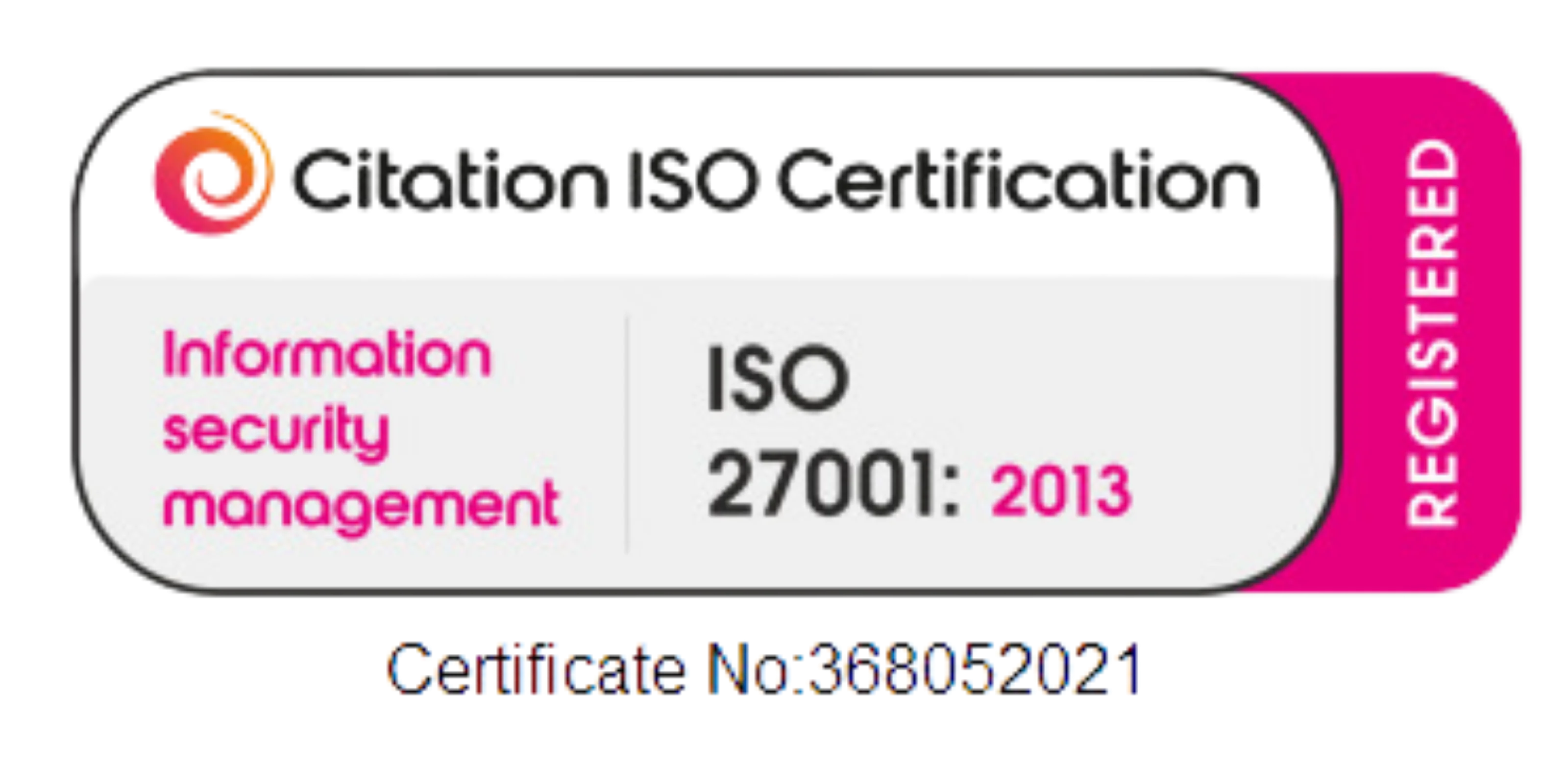The three pillars of a positive engineering culture

 David Carboni is Policy in Practice’s Chief Technical Officer. In this blog post he writes that the three pillars of a positive engineering culture are autonomy, connection and mission.
David Carboni is Policy in Practice’s Chief Technical Officer. In this blog post he writes that the three pillars of a positive engineering culture are autonomy, connection and mission.
The real challenge with technology projects isn’t technology.
If you’ve experienced life in a team, you likely learned this early on. Some say that people are the problem, but if talent is the issue, why would superstar teams fail, higher-paid teams deliver worse performances, and toddlers outperform MBAs? Clearly, it’s about more than individuals.
Like our best-laid solution designs, from code to companies, technology projects crumble when people fall apart. But in fact, this isn’t a people problem: it’s a system problem. By combining engineering smarts with human skills, we can uncover the answer: the real challenge with technology projects is culture.
My story
I grew up with early home computers and started my career in the dotcom era. If it looks like work to others and feels like play to you, you’re probably in the right job. Working in tech was exhilarating at first, but pretty soon I hit rock bottom.
I was baffled and confused at the apparent tone-deafness of organizations to the unique talents and natural enthusiasm of their people. I watched motivated, kind, determined people turn into disengaged and mercenary shadows of their natural selves.
The positive experiences I did have seemed random and uncorrelated, but these happy accidents were so powerful for both people and profit that I became fascinated with how to create them on purpose. I began to see that the thing these experiences had in common was culture.
Why culture?
A poor culture, and specifically the emotional states it produces, is demonstrably a waste of money. Physiologically speaking, cortisol inhibits access to the prefrontal cortex. In practice, that means feeling upset or triggered makes you measurably less intelligent for rational and creative activity. That’s exactly what knowledge work is.
Happily, the opposite is also true. In my experience, a positive culture has the reverse effect. That makes it a smart ethical choice and a smart business decision too. Gallup reports that around two-thirds of people are not actively engaged at work. That’s a lot of value left on the table. Imagine if we turned that number around.
For me, turning people and profit from opposing forces into mutual accelerators, aligned to power a mission, is the most sustainable, humane, and powerful way to make progress.
What is culture?
Culture is who you are. It’s what you do consciously and unconsciously. It’s the micro-habits that send continuous signals of safety, belonging, and meaning. It’s the system of interactions and experiences between every person touched by your work. It’s modeled by leaders and it emanates from everyone.
How people show up is great feedback on how you’re doing at culture. If your people seem to behave badly, check your culture. People are rarely broken. It’s far more likely to be the system around them. We know how to get to root causes in technology systems. Perhaps a 5-whys analysis could work for people systems too?
Daniel Coyle explains in The Culture Code that the same structure in our brain is responsible for both detecting threats and connecting with people. If you don’t feel safe, you can’t build connections. When you do feel safe, connection is almost inevitable. It turns out culture isn’t something you build, it’s about curating the right conditions. The rest happens naturally.
Start with you
Here’s a hard truth: you’re the problem. We all are, but leaders especially bear an added responsibility for working on their own mindset and personal maturity. The person in any group who can get themselves off the drama triangle and support those around them to do the same is a de facto leader. They’re the one people turn to. It has nothing to do with job titles.
When it comes to yourself, culture is a mindset and a system of beliefs. If you’ve heard of Theory X and Theory Y, you may recognize it as assumptions you hold about the motivations of other people. Research shows, and this correlates with my own experience, that “you will see what you believe”. If that sounds far-fetched, consider that the placebo effect is one of the most robust phenomena. Our beliefs modify observable results.
To illustrate the point, consider one study, which sent researchers into a classroom to test childrens’ abilities, separating them into two groups: high-potential and low-potential. The researchers returned sometime later and, as expected, the high-potential group was achieving significantly better results. The catch? The kids had been assigned at random. The difference in outcome was pure placebo. Whether you think you’re surrounded by fools or fantastic people, you’ll eventually be right.
The three pillars of a positive engineering culture
I hope I’ve given you some insight into the potential of culture to catalyse growth for yourself and your team. Culture is always unique and surprising when it emerges. The process is a bit like gardening, it depends on the environment. I have however found three recurring themes that can create fertile conditions for a culture to emerge: autonomy, connection, and mission.
Autonomy
The word autonomy is synonymous with author Dan Pink. Pink argues persuasively in his book Drive that intrinsic motivation is the secret sauce of knowledge work. He’s clear that autonomy is qualitatively different from empowerment. The former is about sovereignty, the latter is just a controlled measure.
It can be a tough message for business, but it follows that if you create an environment where people feel free to do good work because they want to, then the need to monitor and control dissipates. Management effort goes down, engagement goes up, and good things happen. The energy, enthusiasm, and self-discipline that healthy autonomy generates massively outweigh the perceived risks.
Connection
If the thought of respecting individual sovereignty at work gives you a feeling of “uncertainty, risk, and emotional exposure”, welcome to Brenee Brown’s definition of vulnerability. Watching her now iconic TEDx Houston talk when it was first released, I knew this was a game-changer.
I’ve learned that a synonym for vulnerability is courage. It’s a skill critical to group cohesion. I’ve chosen ‘connection’ rather than vulnerability because, as Brown explains, we’re hard-wired for connection and belonging. We work best when we’re aligned with our humanity, and vulnerability is how we build that.
Mission
If talk of autonomy and connection feels cute, let me assure you it’s an incredibly demanding way to work. It just so happens it’s also the most rewarding, and a catalyst for personal and professional growth. However, it turns out we need something more to activate a high-performing team. To borrow from Simon Sinek, we need a mission.
Something that’s surprised me over the years is that my best teams have emerged because we did hard things together. Perhaps counterintuitively, it’s when times are tough that culture generates the resilience we need. When the chips are down, knowing that you’re in this together, for something greater than yourselves, is of crucial importance.
Conclusion
Here are my key takeaways from my experience exploring and experimenting with culture, facilitating the emergence of high-performing teams and cultures with increasing success over the years:
- Toxic cultures destroy individual engagement, break down team systems, and shut down the specific intellectual and creative capacities required to succeed in knowledge work
- A traditional industrial management mindset does more harm than good when applied to the design of the qualitatively different types of organisations needed to survive and thrive in the internet era
- Your personal development and maturity, especially the choices you make about what you will believe about yourself and others, have a marked impact on your growth, the success of your teams, and the value you add to the lives of the people you touch
- It takes fundamental respect for individuals, and a resilient connection between people in a team, to create a gelled unit that is then able to outperform in the service of a higher purpose
- The purpose of work may not be to make money. Money provides the mechanics, but not the meaning. The purpose of work may, in fact, be to make people
This article was first published by LeadDev on 26 August 2021.
Policy in Practice is recruiting engineers to join David Carboni’s team, along with other roles. See our open vacancies here.



